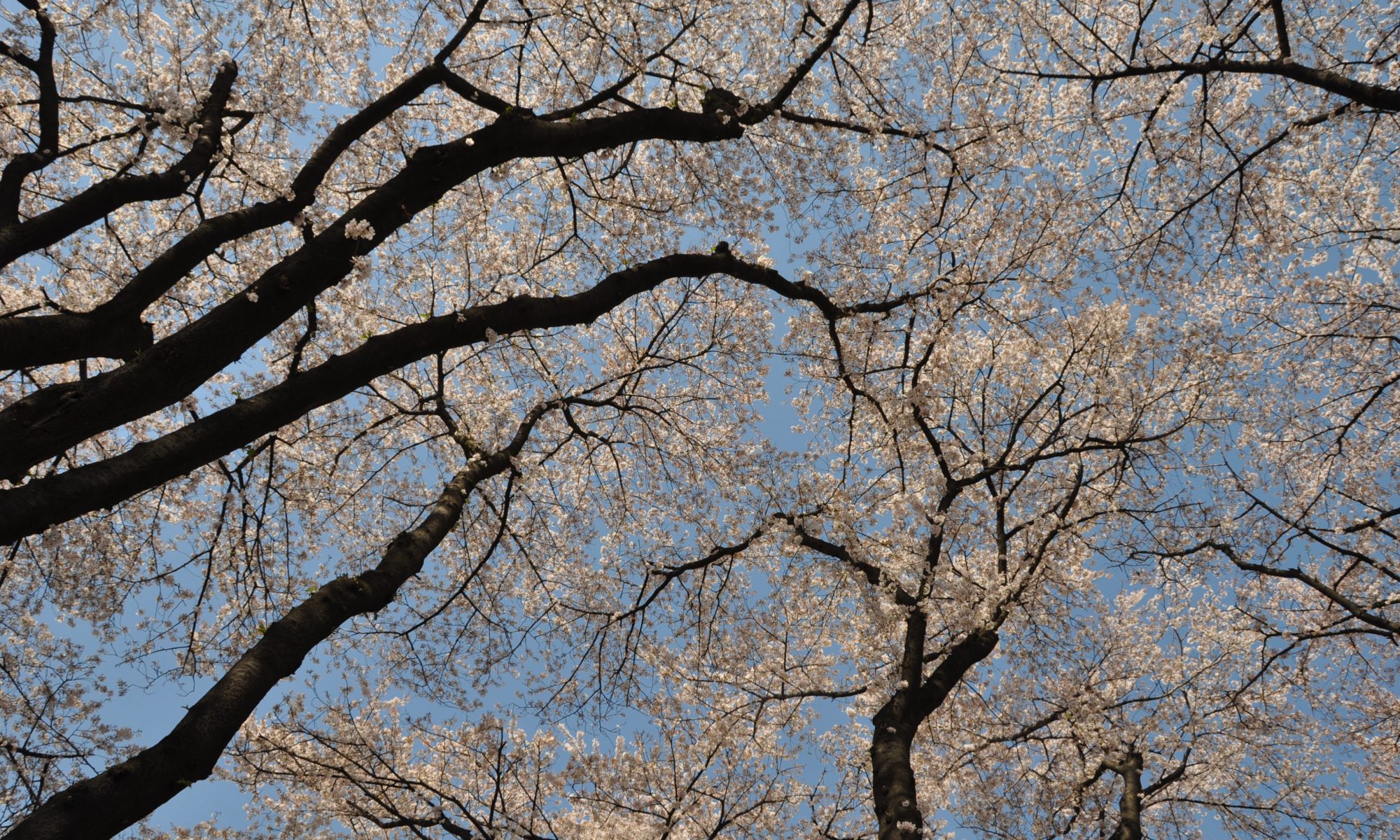Japan has four distinct seasons: spring, summer, autumn, and winter, and each season has its own charm.
Here is a basic guide to the weather in Japan during the year.
Basically, there is a rainy season.
In Okinawa, for example, the rainy season usually starts on May 10 and lasts until about June 25.
In Kyushu and Shikoku, the rainy season usually starts around June 5 and lasts until about July 20.
In Honshu, the rainy season usually starts around June 10, and the weather is not good until July 25. Since Honshu is a long island, the rainy season arrives earlier in the south and later in the north.
In Hokkaido, there is basically no rainy season.
In Hokkaido, there is basically no rainy season, and the rains during this rainy season are more like a steady downpour rather than a heavy downpour.
The rainy season is a time of high humidity and dampness.
When the rainy season ends, it becomes the full-blown midsummer season in many places.
In Japan, the higher the basin, the higher the temperature.
Therefore, the highest temperatures are higher in inland areas such as the northern area of Saitama Prefecture and Gifu Prefecture than in the southern prefectures of Okinawa and Kyushu, where temperatures can exceed 40 degrees Celsius on some days.
In late August and September, typhoons sometimes make landfall.
Typhoons usually make landfall in Japan in September and October, and in October 2019, a huge typhoon made landfall that caused the cancellation of a Rugby World Cup game.
In October 2019, a huge typhoon hit Japan so hard that a Rugby World Cup game was cancelled. Okinawa, in particular, needs to be careful as typhoons frequently make landfall this fall.
In November, areas in northern Japan start to get snow.
Hokkaido and other areas need to be careful from about November.
In December, the Tohoku, Hokkaido, and Hokuriku regions are basically better off assuming that it will snow. These regions may be affected by snow until about March.
Tokyo, Osaka, and other major cities basically do not get much snow, but if they do, transportation will be greatly disrupted.
Please be careful when planning a winter trip.
When the cherry blossoms are in full bloom, people enjoy drinking together while looking at the cherry blossoms, which is another part of Japanese culture.
Japan is long and narrow, and the colder it gets in the north, the earlier the cherry blossoms bloom in the south on average. In the Kyushu area, the cherry blossoms bloom on March 20, in the Kanto area around Tokyo on March 25, in the Tohoku area on April 10, and in Hokkaido between April 30 and May 10.
You can see cherry blossoms anywhere you go.
If you are coming to Japan at this time of year, I think it would be fun to look for beautiful cherry blossoms on your own, rather than going to crowded tourist spots.
The weather is often unstable in the latter half of March, and the cherry blossoms may fall soon after they reach full bloom due to rain. Please note that the cherry blossoms do not stay in bloom forever, but only for a few days.

